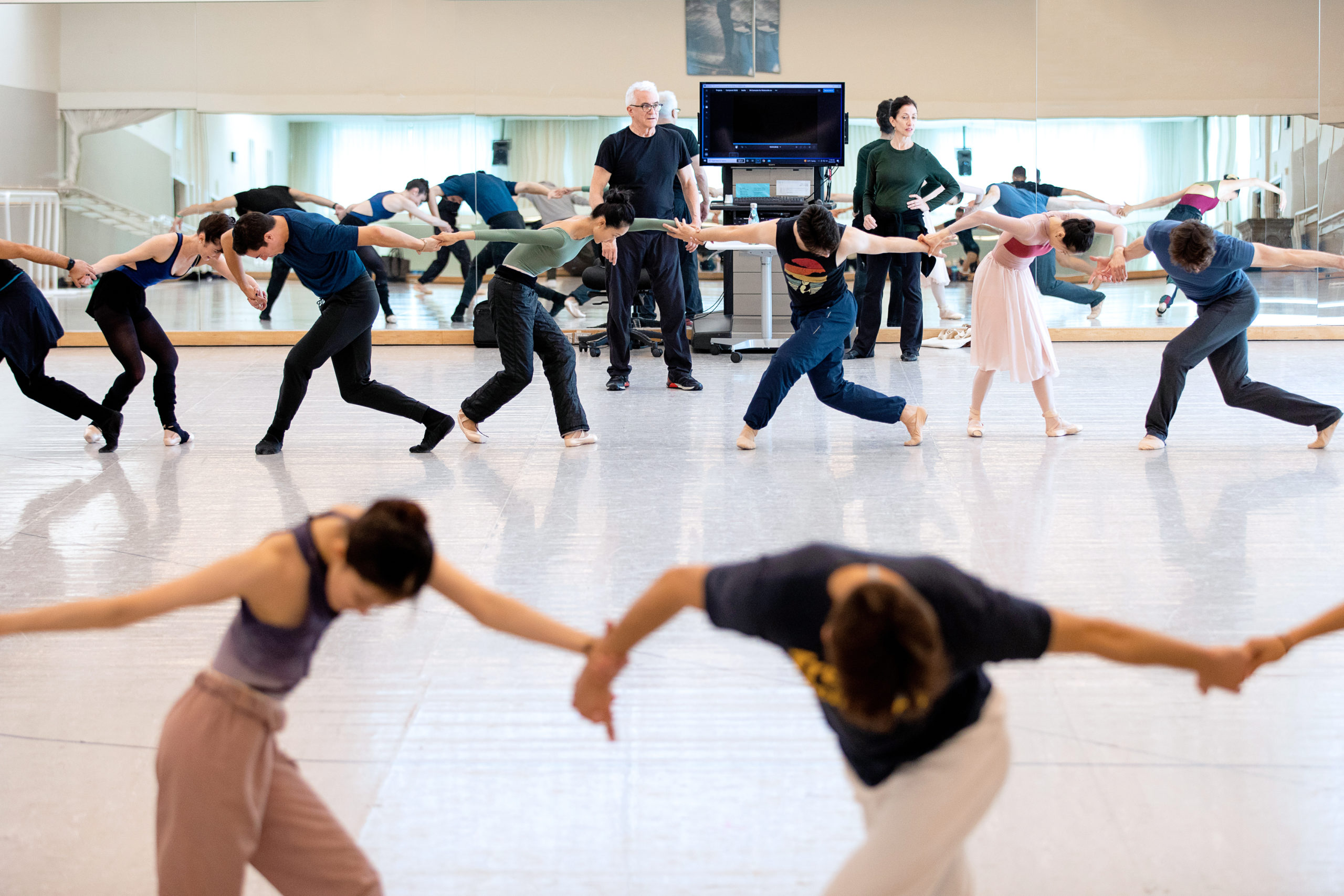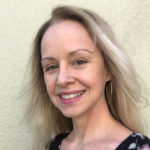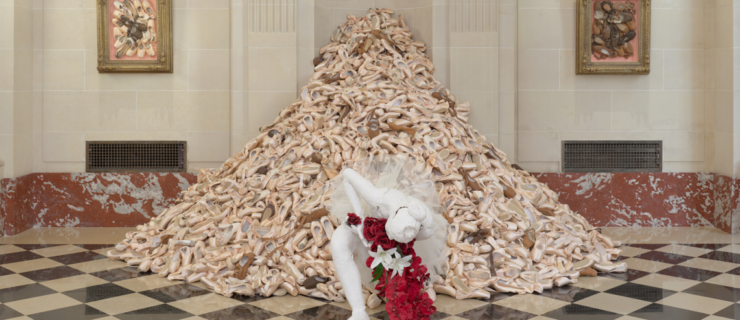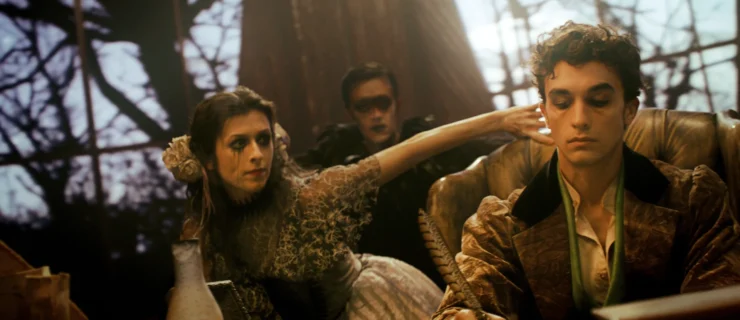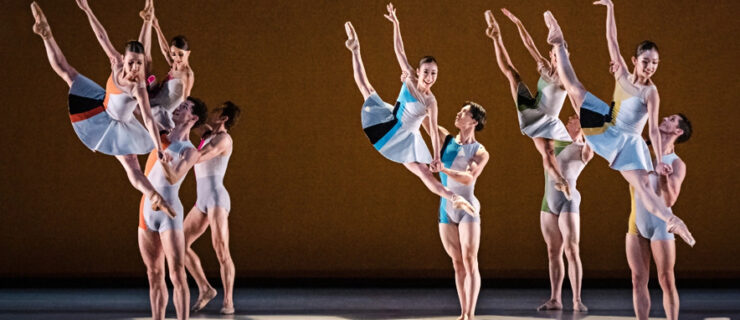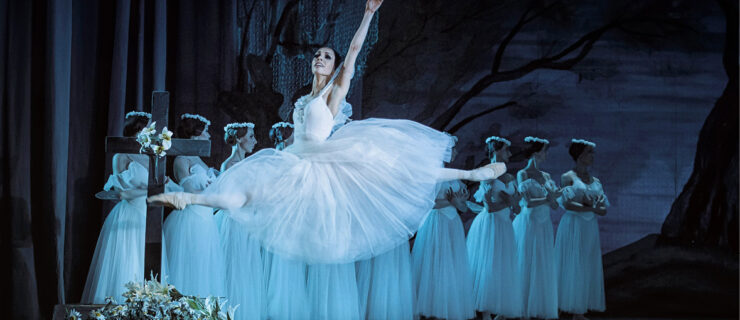Behind the Scenes of San Francisco Ballet’s next@90 New Works Festival
San Francisco Ballet’s longtime artistic director, Helgi Tomasson, handed the reins to Tamara Rojo last December. But his presence will be strongly felt when the 2023 season opens on January 20 with next@90, a three-week festival of new works programmed by Tomasson. SFB’s previous festival, 2018’s Unbound, featured world premieres by a dozen choreographers; next@90 brings in a smaller but more diverse group—nine choreographers, including four choreographers of color and four women—and nine premieres presented over three programs. Unbound generated enormous excitement in the ballet world, and next@90 is likely to have the same effect.
“This is a great moment for San Francisco Ballet,” says Rojo via email, “and I’m honored to step into this role at a time when the dancers are creating new work and feeling so inspired by what’s in front of them. Helgi has done an excellent job of choosing the choreographers, and the company, to my fresh eyes, seems invigorated.”
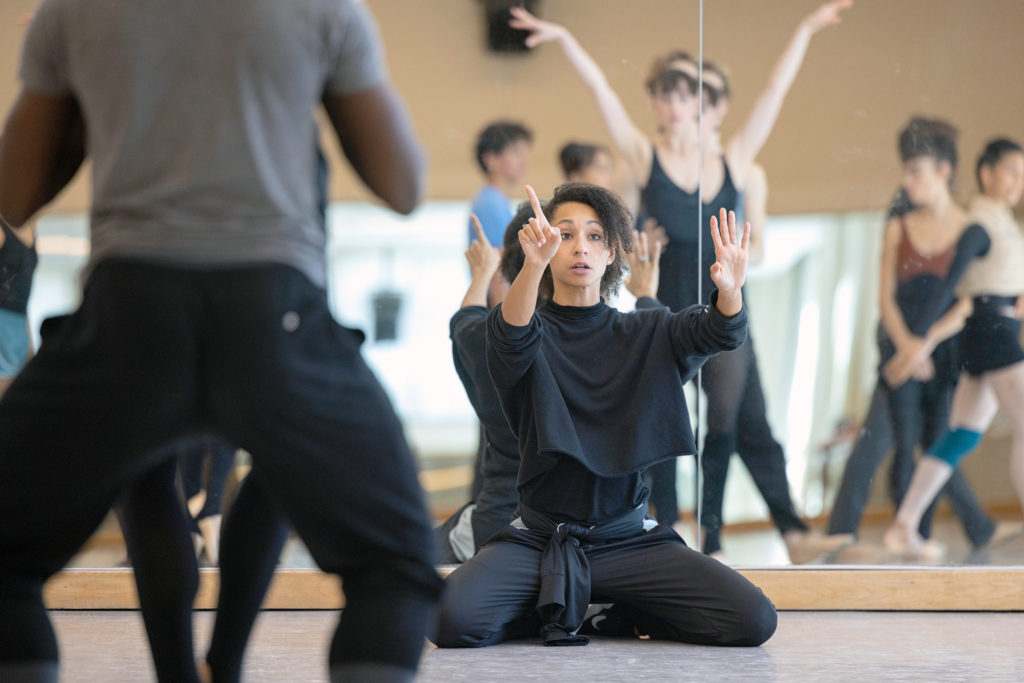
Choreographer Claudia Schreier eagerly accepted Tomasson’s invitation to contribute to the festival. “What a dream it is to work with San Francisco Ballet—they’re extraordinary dancers, extraordinary artists, extraordinary people,” Schreier said in a Zoom interview with Pointe. She relished the creative, collaborative freedom the company provided the festival choreographers. “You really get carte blanche in a way that allows the mind to run wild,” she said. “Every day was a new discovery. It was a huge playground.”
Schreier’s abstract ballet, Kin, centers on two female figures whose relationship evolves over the 30-minute piece. “It’s a ballet about finding one’s self, one’s role in the community,” she said. The choreography is intimately entwined with composer Tanner Porter’s music: “The score has this rhythmic propulsion that I translated into emotional pressure.” From the libretto to the score to the choreography, Kin is layered with artistic intention, but Schreier hopes that every viewer will find unique meaning in it. “If you ask 10 different people you’ll get 10 different interpretations,” she said, “which is what I love.”
Read on for the inspiration behind the other next@90 ballets.
Program 1: Robert Garland, Jamar Roberts and Danielle Rowe
Robert Garland, the incoming artistic director of Dance Theatre of Harlem, choreographed his nonnarrative ballet to Mozart’s Haffner Serenade. While it touches on the COVID-19 pandemic, the work is decidedly upbeat. “We’ve been through a moment here in the world where we can lean really hard into finding our joy,” Garland says. “That’s what Mozart does!”
Jamar Roberts’ Resurrection, set to Gustav Mahler’s tone poem Totenfeier, tells the story of a sorceress and her community. The former Alvin Ailey American Dance Theater resident choreographer found common ground between the company’s ballet technique and his own modern style. “There is a very small language barrier that we’re trying to negotiate,” he says. “It’s been a really optimal creative experience.”
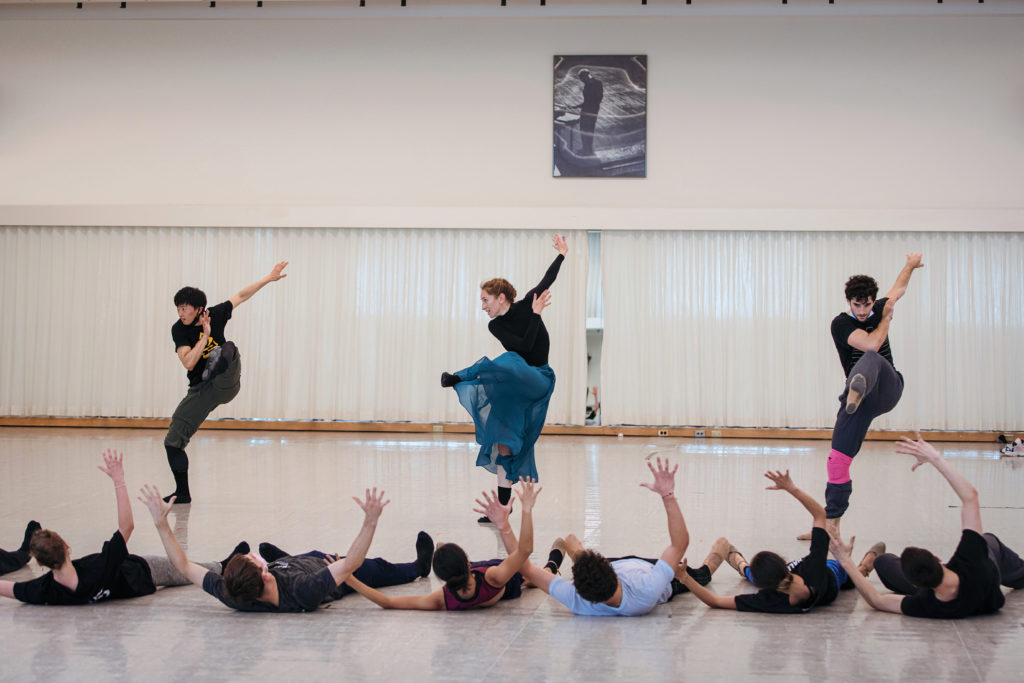
Danielle Rowe, a former SFB dancer and frequent choreographer for the company, took inspiration for her premiere MADCAP from a score by Pär Hagström—and from the humor and pathos of clowns. “If the dancers want to laugh, that’s the right thing. If they want to cry, that’s the right thing,” she says.
Program 2: Val Caniparoli, Bridget Breiner and Yuka Oishi
Val Caniparoli, who celebrates 50 years at SFB this season, created Emergence as a reflection on COVID-19 isolation. “We’ve been so secluded in our lives with the pandemic,” he says. “And now we’re emerging, and we don’t really know what to do with that. There’s this buzz inside us all of ‘What is going to happen?’ ”
In The Queen’s Daughter, Connecticut-born, Germany-based Bridget Breiner took on the Biblical legend of Salome, a Judean princess who allegedly requested John the Baptist’s beheading. “I spent a lot of time looking for one piece of music that would fulfill one story,” says Breiner, who settled on Benjamin Britten’s Violin Concerto for her score and chose principal dancer Sasha De Sola as her muse. “I only have to say one word and she runs with it,” Breiner says. “It’s almost as if the ballet sprung out of her body.”
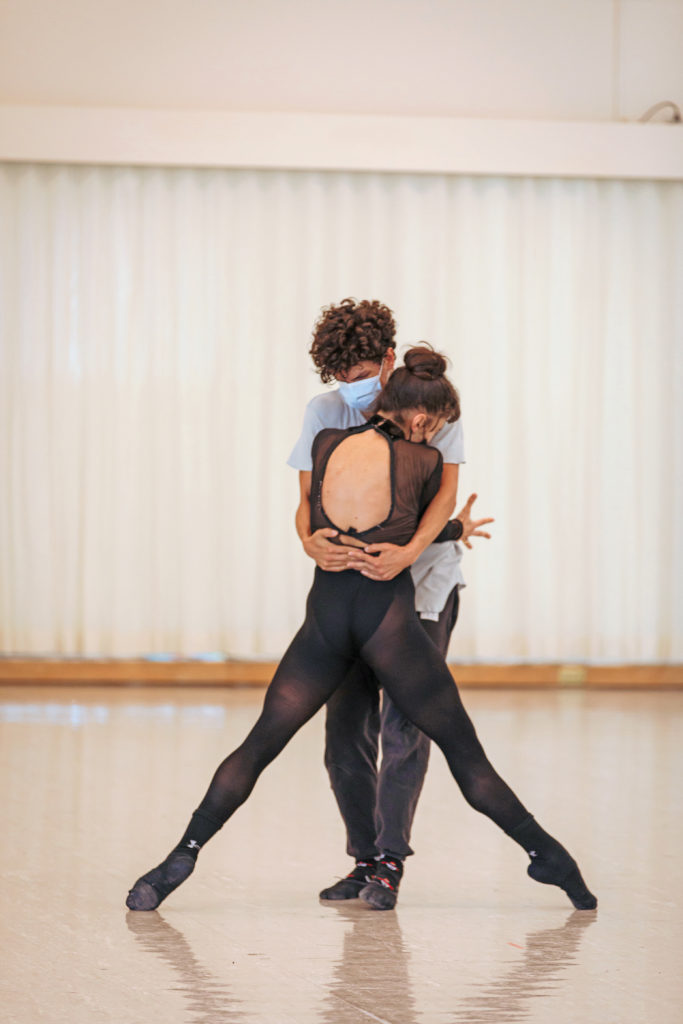
Maurice Ravel’s Boléro inspired the idea, the score and the name for Yuka Oishi’s cosmic ballet. “I told the dancers on the first day, ‘I’m trying to make a piece from cells to the universe,’ ” she says. “There’s never-ending arcs as a symbol in this Boléro piece. Anything you can find on this planet, in this universe, it’s very calculated. I wanted to bring that onstage.”
Program 3: Nicolas Blanc, Claudia Schreier and Yuri Possokhov
Along with Schreier’s Kin, Program 3 features Nicolas Blanc’s Gateway to the Sun, inspired by the 13th-century poet Rumi and featuring principal Max Cauthorn. “The dancers around him, rather than representing people, represent thoughts and worlds,” Blanc says. “We can illustrate a thought in the poet’s heart.”
Knowing the company dancers and orchestra members as well as he does, SFB’s longtime choreographer in residence Yuri Possokhov followed his imagination during the choreographic process for Violin Concerto, set to the Stravinsky score of the same name. “One of my favorite things, in this moment of my life, is to be with dancers and to create,” Possokhov says. “Lock the door, open the window, play music and we’ll create something.”
Program information and additional choreographer quotes courtesy of San Francisco Ballet.
